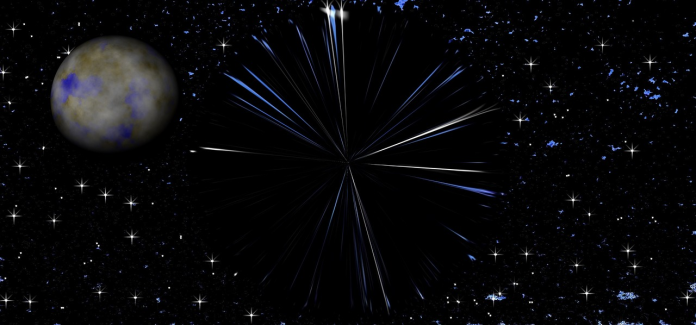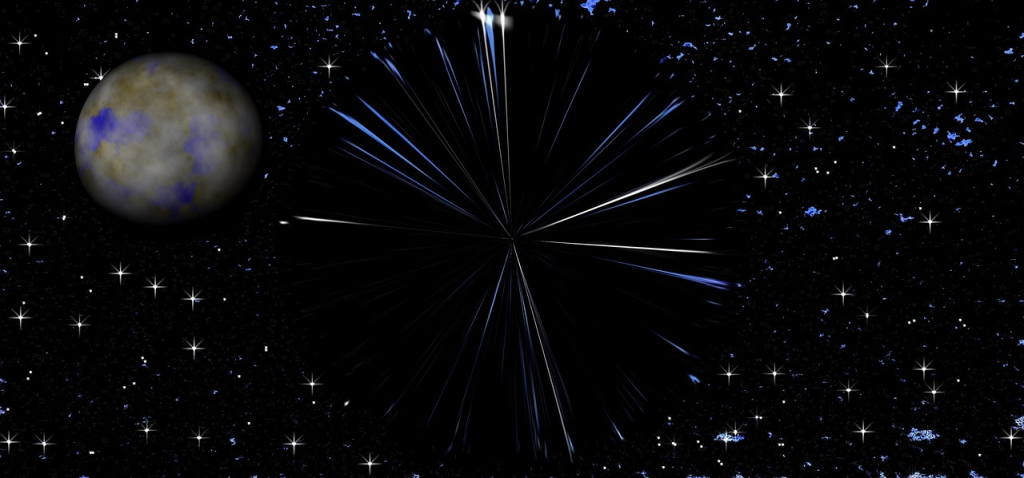
“Reality could be much bigger than we can see.” For generations, that notion existed at the edges of theoretical physics, a tempting suggestion generated by equations but with no experimental foundations. With the intersection of particle physics, cosmology, and astrophysics, however, the theory of extra dimensions is being placed in sharper focus.
From beneath-ground neutrino beams to the distant Big Bang afterglow, scientists are investigating nature’s most elusive attributes. They seek to learn the weak signals of extra dimensions beyond our three familiar dimensions of space and one of time. They are attempting to do so across the range from the tiniest quantum scales to the largest cosmic scales, each offering a unique window to what can be an infinitely more engrossing universe than we used to know.
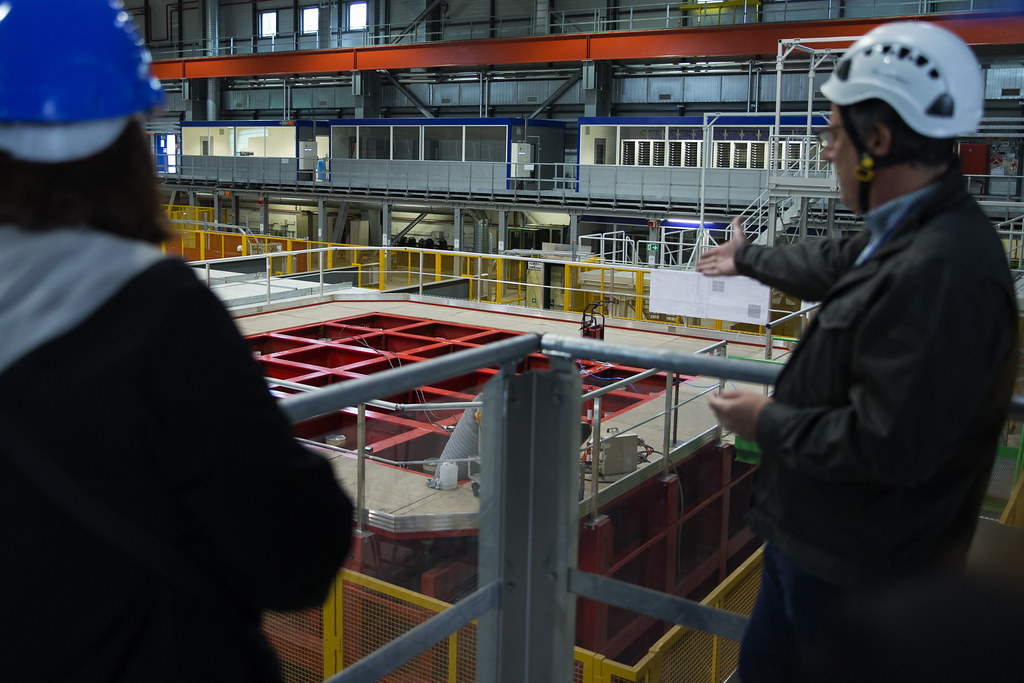
1. Neutrinos as Messengers from Other Dimensions
The Deep Underground Neutrino Experiment (DUNE), spanning 1,300 kilometers from Illinois to South Dakota, will monitor how neutrinos transform between their different states. Under large extra dimension theories, the oscillations may be modified in measurable forms. If high-energy neutrinos stray from patterns predicted, it might suggest that they’re interacting with or even passing through dimensions of space. This method turns one of the universe’s most exotic particles into a possible doorway to studying the invisible.
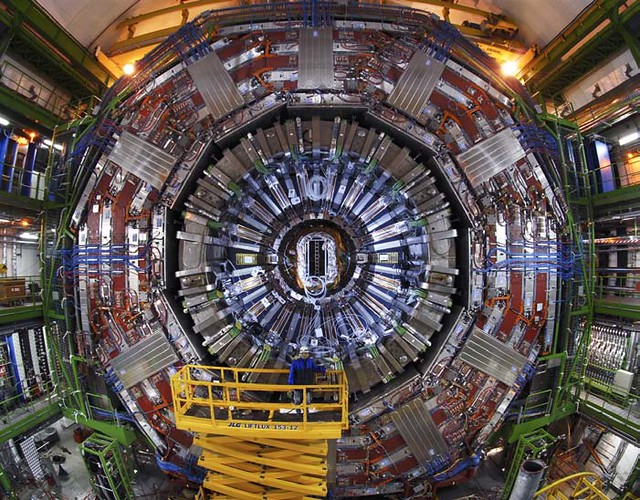
2. Particle Colliders Searching for Missing Energy
The CMS experiment at CERN looks for single, high-energy photons and missing momentum coming from a collision. In the Arkani-Hamed–Dimopoulos–Dvali (ADD) model, missing energy might be energy carried away by a graviton into an additional space dimension. The CMS collaboration has placed some of the strongest limits yet on these possibilities, separating new physics signals from standard model backgrounds using state-of-the-art statistical techniques. These findings not only limit extra-dimensional models but also refine the search for dark matter.

3. Cosmic Microwave Background as a Geometric Master Plan
The cosmic microwave background, or CMB, is the universe’s first light, going back to 380,000 years following the Big Bang. Researchers at the University of Wisconsin–Madison have demonstrated that their minute temperature fluctuations may be hiding the geometries of six theoretical dimensions suggested by string theory. Modeling how various geometries like twisted throats would have imprinted themselves on the CMB, they’ve given a proof of principle for the measurement of extra-dimensional shape. High-resolution satellite images by missions such as ESA’s Planck could in the future tease out these signs with unprecedented precision.
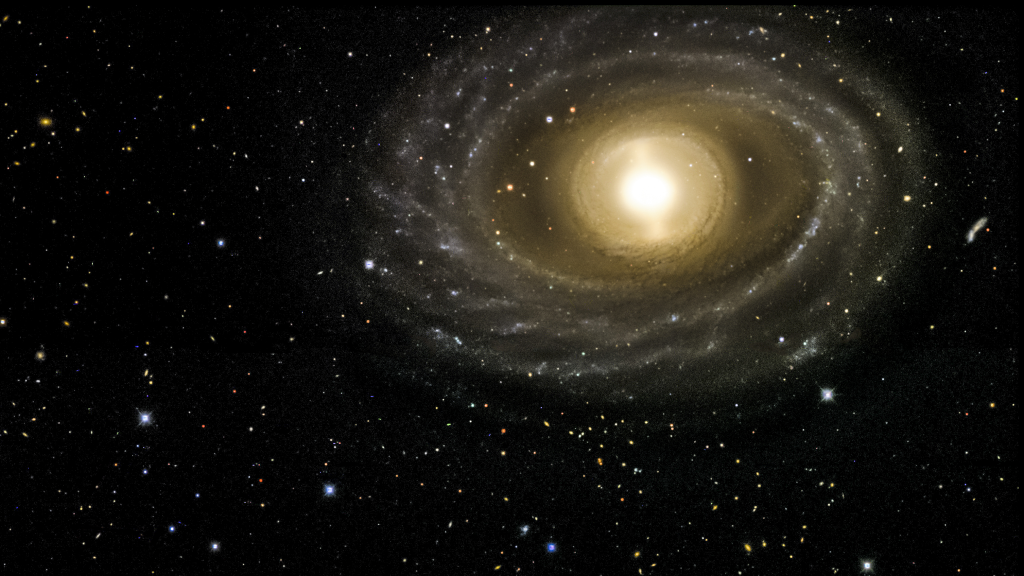
4. A ‘Dark Dimension’ to Explain Dark Energy
String theorists Ivano Basile and Dieter Lüst have suggested that there may be one more dimension of size micron gigantic on the Planck scale. Such a ‘dark dimension’ might give rise to the small but non-zero dark energy density powering cosmic acceleration spontaneously. Their estimates link the scale of this dimension to the measured dark energy value, and predict that quantum gravity signatures can be within the reach of next-generation high-energy colliders. If it’s true, it would transform expectations about the scale at which gravity would turn quantum.
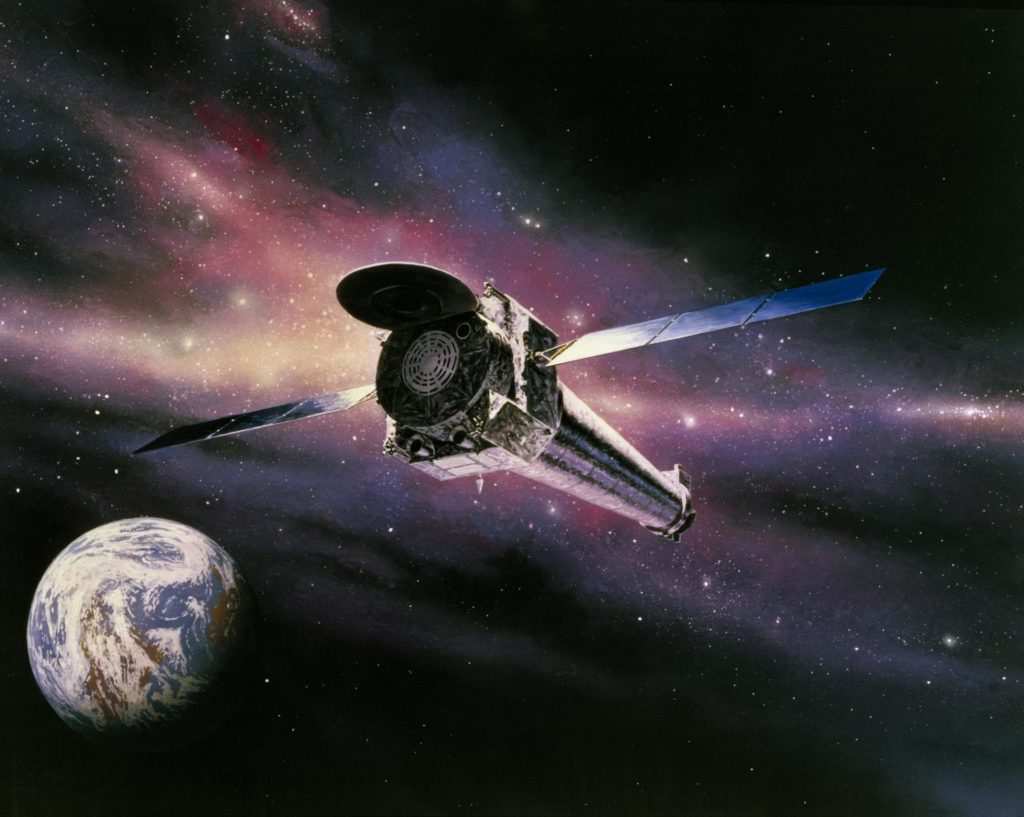
5. Spacetime Foam and the Spacetime Texture
John Wheeler’s spacetime foam concept visualizes the fabric of the universe to foam with infinitely tiny, transitory ripples on the smallest scales. On the basis of observations made with NASA’s Chandra X-ray Observatory, Fermi Gamma-ray Space Telescope, and VERITAS, two top models of foam have been eliminated by demonstrating light from quasars in the distant universe stays unobscured even after passing billions of light-years. The evidence suggests spacetime is smoother than quantum gravity models indicate although foam remains a possibility, to be investigated with more sensitive tools such as the James Webb.
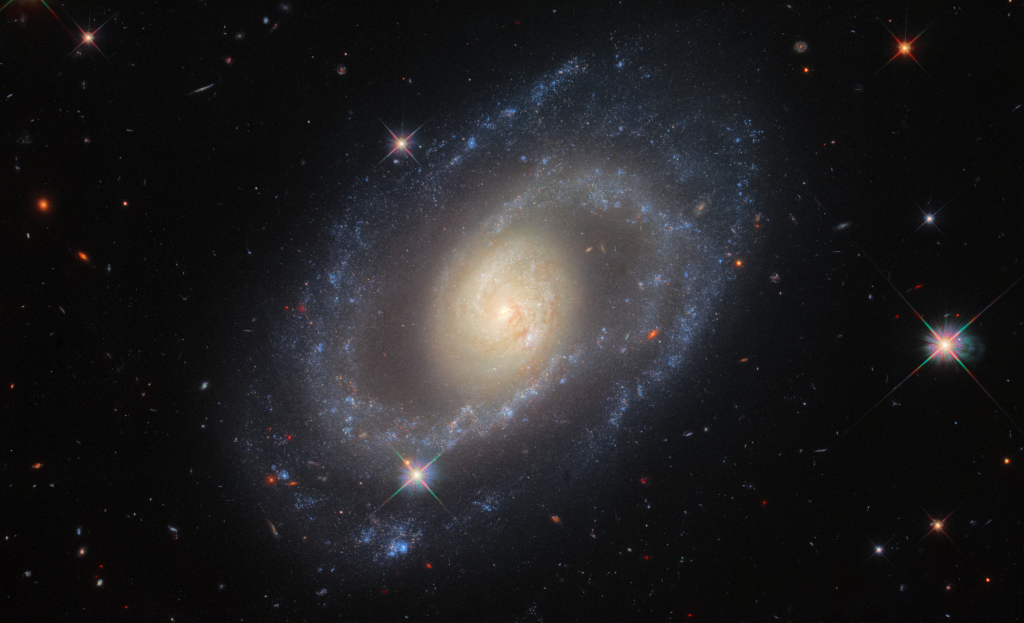
6. Potential Escape Route of Gravity
Within M-inspired brane-world models, our universe may be a four-dimensional membrane within a higher-dimensional bulk. The standard model particles are trapped on the brane, while gravity may leak out into the bulk, giving the relative weakness of gravity. Such leakage would distort gravitational physics at high energies and may leave observable signatures in astrophysical phenomena ranging from black hole physics to cosmological evolution. Already laboratory experiments testing Newton’s law at sub-millimeter distances put limits on how big such extra dimensions can be.

7. Kaluza–Klein Theory: First Beyond Four Dimensions
Around a hundred years ago, Oskar Klein and Theodor Kaluza generalized Einstein’s relativity to five dimensions, incorporating gravity and electromagnetism in one image. The additional dimension, they suggested, was compactified to a very small loop, immeasurable at human scales. This beautiful concept formed the basis for higher-dimensional geometry as a source of physical forces a hypothesis that drives contemporary string theory. By itself, Kaluza–Klein theory is incomplete, but it is an epoch-making achievement in the search for unification.

8. Neutron Star Mergers as Cosmic Probes
Multi-messenger astronomy, which pairs gravitational waves with electromagnetic signals, provides a new method for the constraints of extra-dimensional models. By comparing the light and gravitational wave arrival time difference from neutron star mergers, researchers can place limits on how such signals would travel differently in the presence of extra dimensions. The historic detection GW170817 was the first such data set, and future-generation detectors will refine these limits, possibly revealing tiny departures from four-dimensional physics.

All of these various directions convey a single message if there are additional dimensions, then maybe they can cast weak but detectable shadows into our universe. Through neutrino oscillations, through the bending of extremely ancient light, or through the clocks of cosmic cataclysms, each experiment seeks out the possibilities. The quest is as much elimination as discovery but with every limitation, physicists move closer to determining whether our universe is a shadow of a world from higher dimensions.
